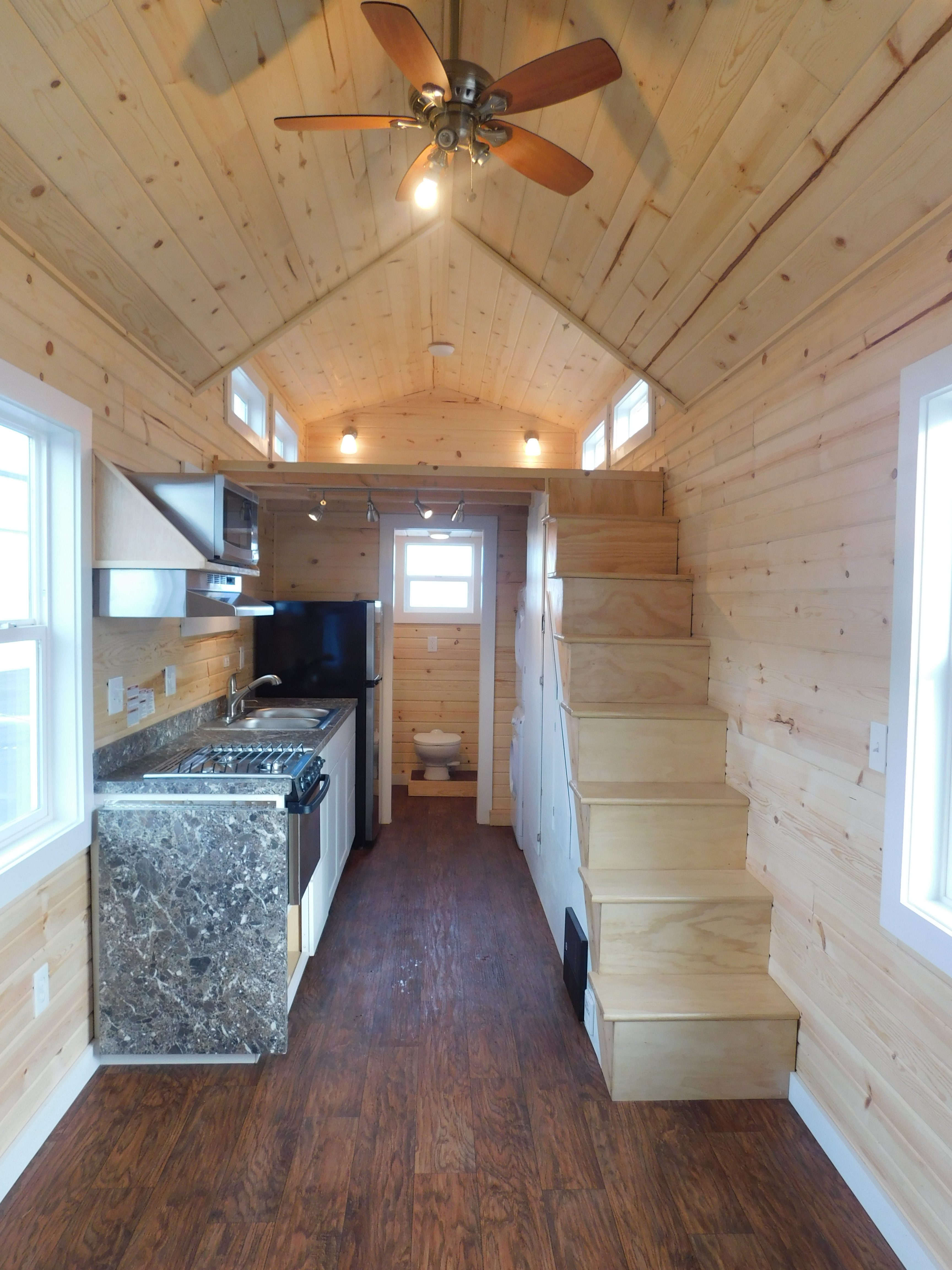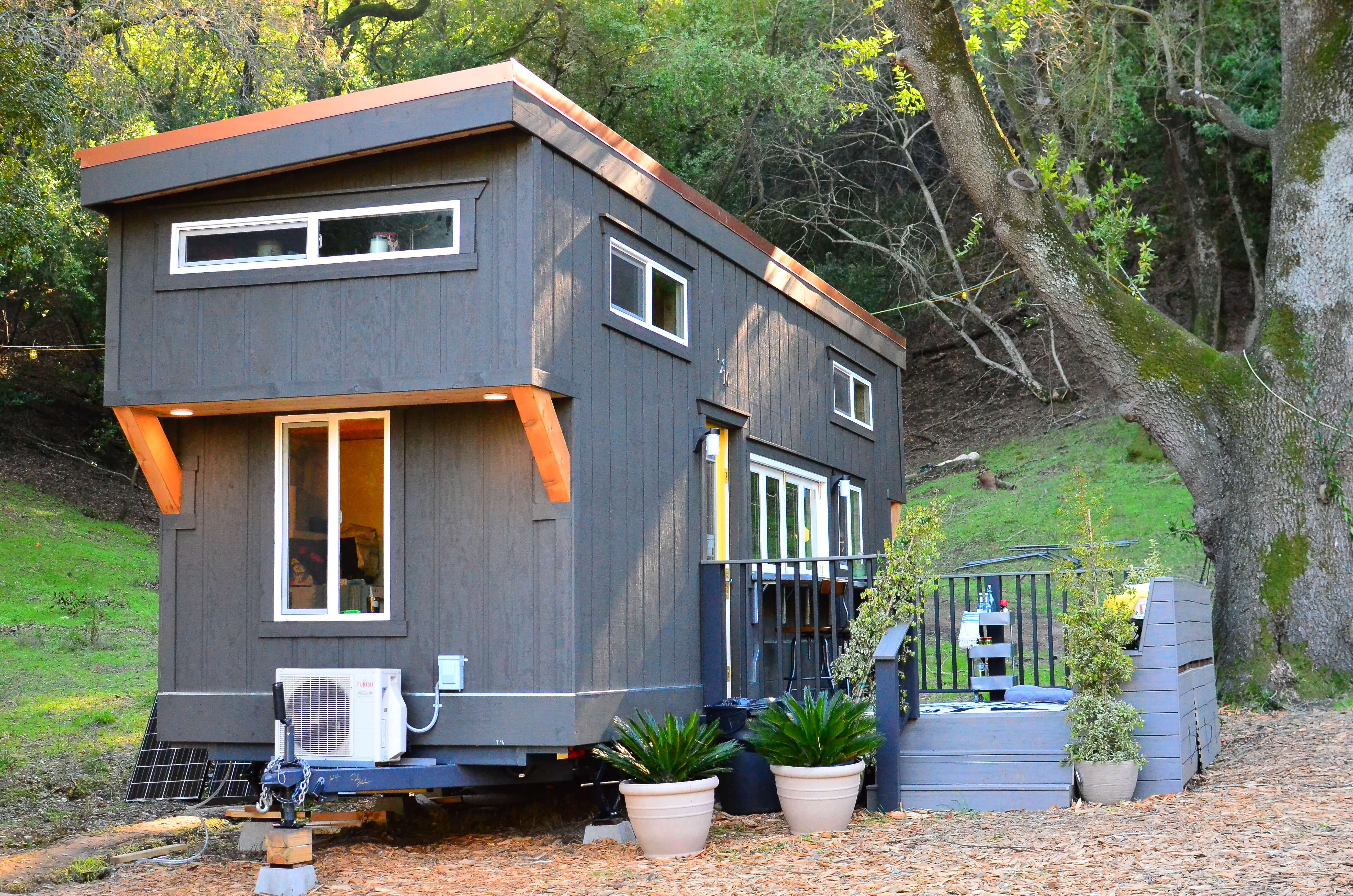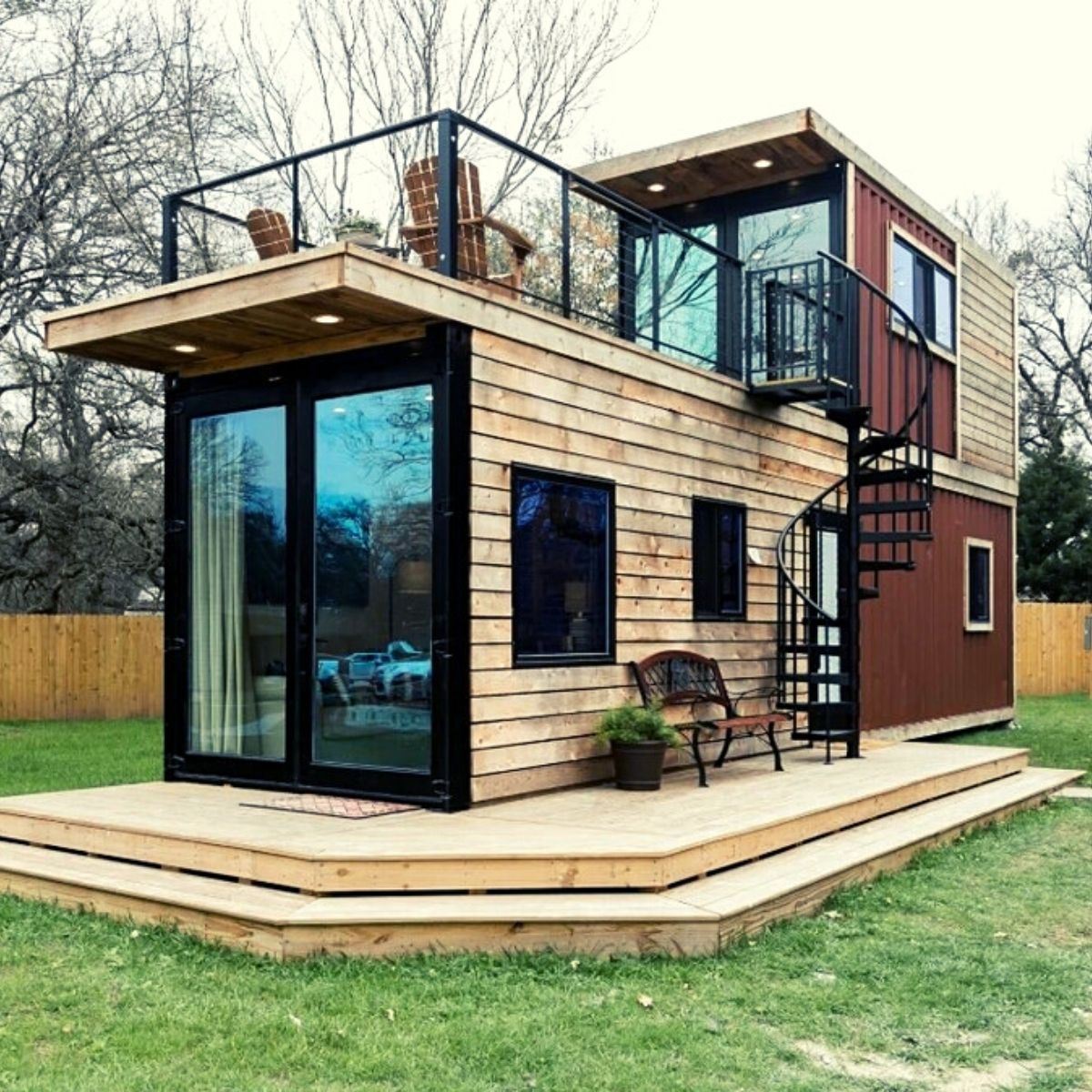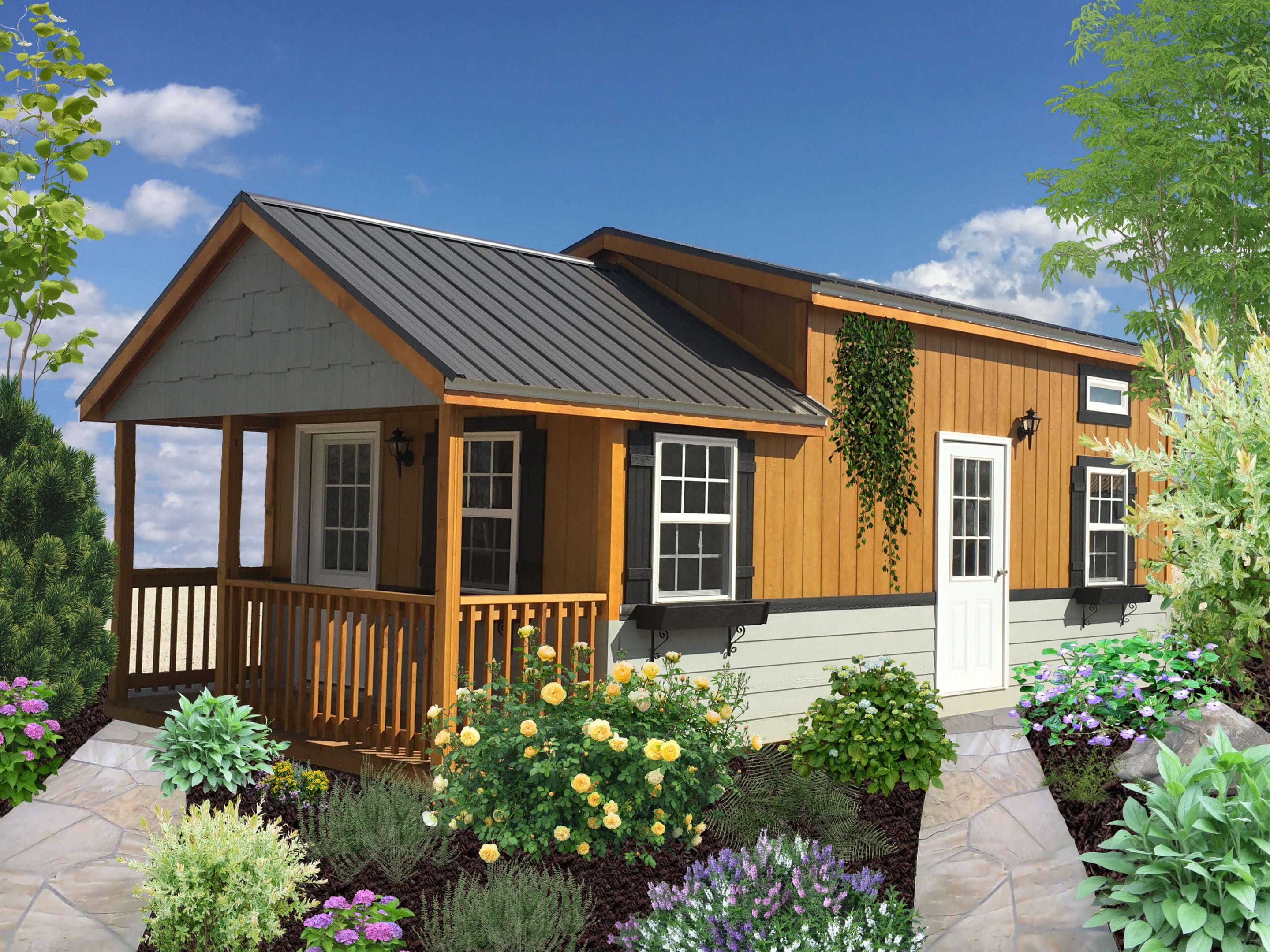
Introduction
When it comes to housing, the concept of tiny houses has been gaining immense popularity in recent years. These compact dwellings offer a unique solution to the increasing need for affordable and sustainable living spaces. The design of a tiny house plays a crucial role in maximizing the available space and creating a comfortable living environment. In this article, we will explore various aspects of tiny house design and how it contributes to an efficient and aesthetically pleasing living space.

Space Optimization
One of the key considerations in tiny house design is space optimization. Every inch counts in these compact dwellings, so careful planning is essential. Utilizing multifunctional furniture, such as sofa beds or storage ottomans, can help maximize the usability of limited space. Additionally, incorporating built-in storage solutions, such as under-stair or wall-mounted cabinets, can further enhance the storage capacity of a tiny house.

Lighting and Ventilation
Good lighting and ventilation are vital for any living space, and tiny houses are no exception. To create a bright and airy atmosphere, incorporating large windows or skylights can help bring in natural light. Additionally, using light-colored paint on walls and ceilings can further enhance the feeling of spaciousness. Proper ventilation can be achieved through strategically placed windows and the use of energy-efficient fans or air conditioning units.

Flexible Layouts
A flexible layout is essential in tiny house design to accommodate various activities and adapt to changing needs. Open floor plans with multifunctional spaces can provide versatility and make the most of the available area. Design elements such as sliding doors, folding furniture, and movable partitions can allow for easy reconfiguration of the living space. This flexibility enables residents to customize their tiny house according to their preferences and lifestyle.

Sustainable Features
As sustainability becomes increasingly important, incorporating eco-friendly elements into tiny house design is a popular choice. Using renewable materials, such as bamboo or reclaimed wood, can reduce the environmental impact. Implementing energy-efficient appliances and fixtures, as well as incorporating solar panels, can help minimize the energy consumption of a tiny house. Additionally, rainwater harvesting systems and composting toilets can contribute to water conservation efforts.

Outdoor Living Spaces
While tiny houses have limited indoor space, incorporating outdoor living areas can expand the overall living space. Designing a functional outdoor space, such as a deck or patio, allows residents to enjoy the surrounding environment and connect with nature. Outdoor cooking areas or gardening spaces can further enhance the lifestyle and self-sufficiency of tiny house dwellers.

Designing for Mobility
Another aspect of tiny house design is mobility. Many tiny houses are designed to be mobile, allowing homeowners to travel and explore different locations. Incorporating lightweight materials, compact furniture, and securing items for transportation are crucial considerations when designing a mobile tiny house. The ability to tow or transport the house easily adds a unique element of freedom and adventure.
/__opt__aboutcom__coeus__resources__content_migration__treehugger__images__2018__03__tiny-house-macy-miller-12a993a38eda4913a0e8ab1b231e79d3-d2753180ec8c44dc985551ee712ae211.jpg)
Conclusion
Tiny house design encompasses various elements aimed at creating functional and visually appealing living spaces within a compact footprint. From space optimization to sustainable features, every aspect plays a role in ensuring a comfortable and efficient lifestyle. Whether it's a permanent residence or a mobile adventure, the design of a tiny house can fulfill the needs and aspirations of individuals seeking a simpler and more sustainable way of living.